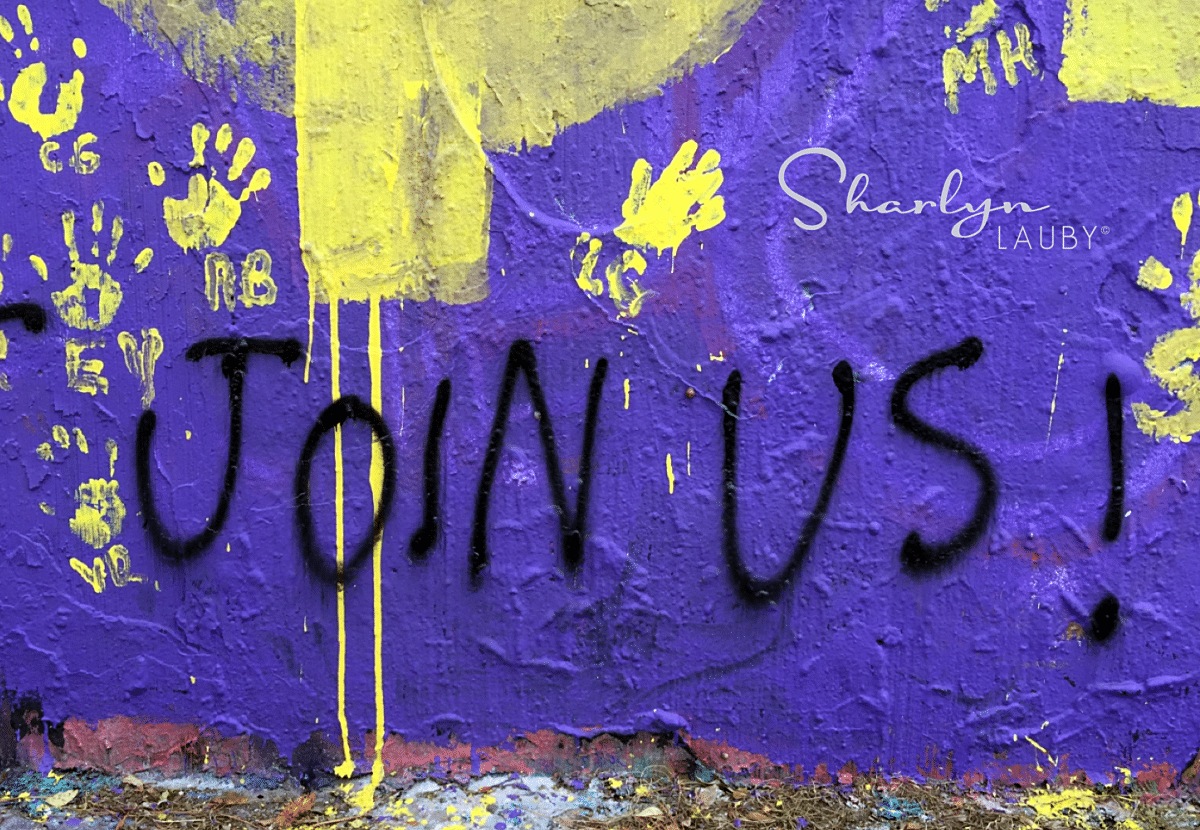The Culture Series [Part 4] – Implementing an Inclusive Culture
In the second and third articles of the series, we talked about the four competencies that are key to the organization’s cultural identity. Once that happens, the work isn’t over. Future policies, procedures and strategies need to reflect how trends will impact the organization over time. For example, if the organization is planning to expand into the Latin American market in the next 5 years, what is the company doing today in terms of understanding the Latin American culture to ensure their success?
One of the biggest challenges to creating an inclusive culture is the nebulous nature of diversity training and activities. The chief complaints are that the business definition for diversity isn’t well-defined (which we talked about in the first post of the series) and focuses too much on legal and compliance issues, which is one of the reasons we’re not talking about them in this series.
I had the opportunity to hear Corey Anthony, senior vice president of business services at AT&T, talked about bias at a conference earlier this year. He said that it’s very hard for companies to know everyone’s biases. But that organizations can create an environment where people are able to discuss bias, focus on behaviors and changing behaviors, and create opportunities to listen and not label.
This doesn’t mean that diversity training efforts should be eliminated. In fact, it’s a call to action that diversity programs gain clearer focus to become more effective. A few elements to concentrate on when developing diversity training include:
- Clear objectives and expectations
- Participant engagement before, during and after the session
- Opportunities for open discussion and dialogue
- Creative activities and sharing within a safe environment
- Facilitation of hot-topics and challenging conversation that emerges during the session
- Support and positive energy by everyone involved
While there are clear recruiting and retention benefits to creating an inclusive culture, it’s important to recognize that this isn’t exclusively about recruiting or retention. It’s about transforming the culture of the company into one that’s customer-centric, business-focused, and leadership-focused. If you haven’t seen it, Randall Stephenson, CEO of AT&T, made headlines with his speech about race relations and defense of Black Lives Matter.
It’s clear that having a diverse workforce and creating an inclusionary culture yield huge rewards for companies. The challenge is clearly defining what that means for your unique corporate culture, designing efforts that align with the business goals and constantly measuring and evaluating results.
Organizations need to consciously revisit their efforts to ensure they are creating a sustainable culture. Maintaining an inclusive culture is not a one-time conversation. Companies will want to evaluate their energies at several levels on a regular basis. A few questions you should consider:
- How can the company attract and retain the talent necessary to meet our current and future business goals?
- How can the corporate culture support the products and services our customers want?
- How can the organization drive innovation and growth by leveraging our diversity efforts?
- How can we expand our business reach into new markets?
William Morgan, former senior vice president of human resources at NASDAQ, shared how their cultural transformation translated into business success. “We saw how we could better leverage our diversity efforts to impact our business bottom-line. Not only did we identify our opportunities to improve, but we provided specific measurable actions we can take along with easy-to-measure outcomes. We found ideas were practical and well aligned with our other business priorities.”
Successful organizations understand that inclusion is not optional – it’s a business imperative that gives them a competitive advantage with stakeholders at every level: customers, suppliers, partners, and employees. Diversity and inclusion are no longer programs within an organization. They are infused within the culture of the company and drive business outcomes.
Image captured by Sharlyn Lauby at the 34th Street Graffiti Wall in Gainesville, FL
11